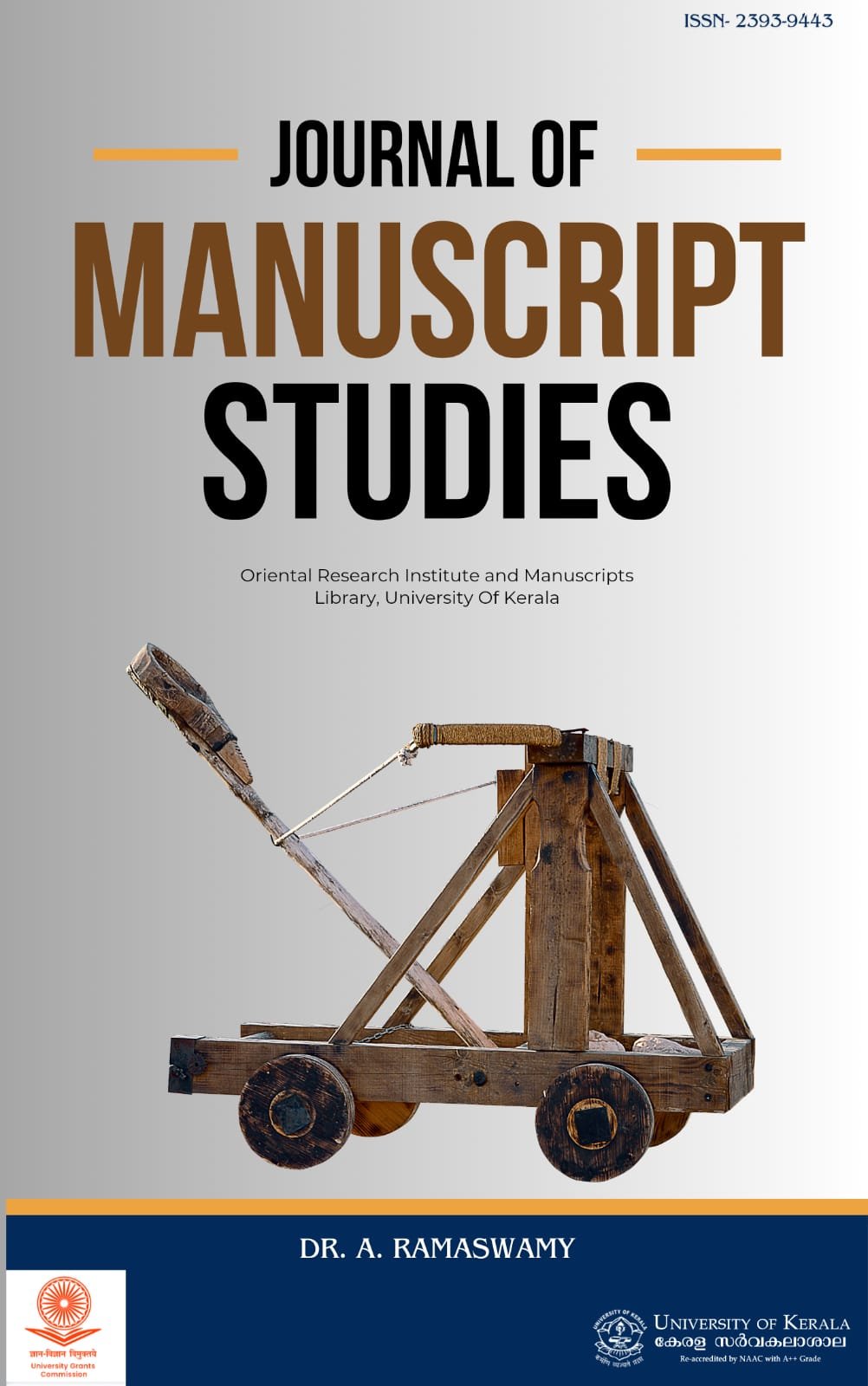Selected Sri Lankan food plants and other herbs as potential sources of inulin-type fructans
Keywords:
Allium sativum, Asparagus falcatus, chicoryAbstract
The objective of this study was to determine the
inulin-type fructan content in 20 selected food plants and
other herbs commonly found in Sri Lanka. The inulin content
of the selected plants were determined qualitatively and
quantitatively using thin layer chromatography (TLC) and
enzymatic spectrophotometric (ES) methods, respectively.
The ES results showed that the inulin-type fructan contents
based on fresh weight was highest in Allium sativum (18.62 %
± 1.55), followed by Asparagus falcatus (17.74 % ± 2.92),
Asparagus racemosus (11.8 3% ± 0.87), Allium cepa (8.60 %
± 0.88), Allium ampeloprasum (6.20 % ± 0.23), Taraxacum
javanicum (5.77 % ± 1.53) and Vernonia cinerea (4.55 %
± 0.93), respectively. Taraxacum javanicum and Vernonia
cinerea plant extracts developed distinct blue black spots
with the detection reagent on TLC plates similar to chicory
inulin standard. However, Allium ampeloprasum, Allium
cepa, Allium sativum, Asparagus falcatus and Asparagus
racemosus developed thicker blue black streaks on TLC plates
due to their higher inulin concentration, which confirmed
the ES results. Aloe vera, Alpinia calcarata, Amophophallus
campanulatus, Beta vulgaris, Canna indica, Diascorea alata
and Sonchus oleraceus
FW) of inulin while Caryota urens, Ipomoea batatas, Lasia
spinosa and Maranta arundinacea contained very low levels or
no (< 0.4 g/100 g FW) inulin.

Downloads
Published
Issue
Section
License

This work is licensed under a Creative Commons Attribution-NonCommercial-NoDerivatives 4.0 International License.













